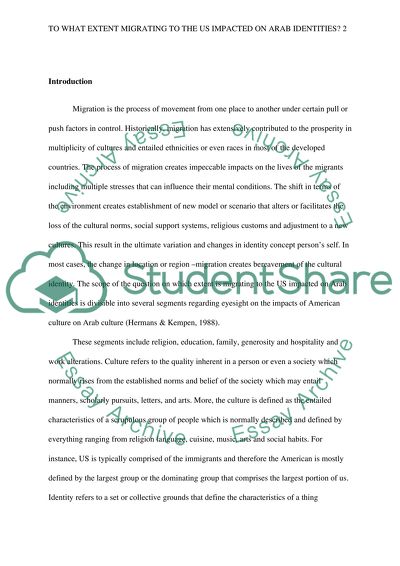Cite this document
(“To what extent migrating to the US impacted on Arab identities Essay”, n.d.)
To what extent migrating to the US impacted on Arab identities Essay. Retrieved from https://studentshare.org/psychology/1667869-to-what-extent-migrating-to-the-us-impacted-on-arab-identities
To what extent migrating to the US impacted on Arab identities Essay. Retrieved from https://studentshare.org/psychology/1667869-to-what-extent-migrating-to-the-us-impacted-on-arab-identities
(To What Extent Migrating to the US Impacted on Arab Identities Essay)
To What Extent Migrating to the US Impacted on Arab Identities Essay. https://studentshare.org/psychology/1667869-to-what-extent-migrating-to-the-us-impacted-on-arab-identities.
To What Extent Migrating to the US Impacted on Arab Identities Essay. https://studentshare.org/psychology/1667869-to-what-extent-migrating-to-the-us-impacted-on-arab-identities.
“To What Extent Migrating to the US Impacted on Arab Identities Essay”, n.d. https://studentshare.org/psychology/1667869-to-what-extent-migrating-to-the-us-impacted-on-arab-identities.


